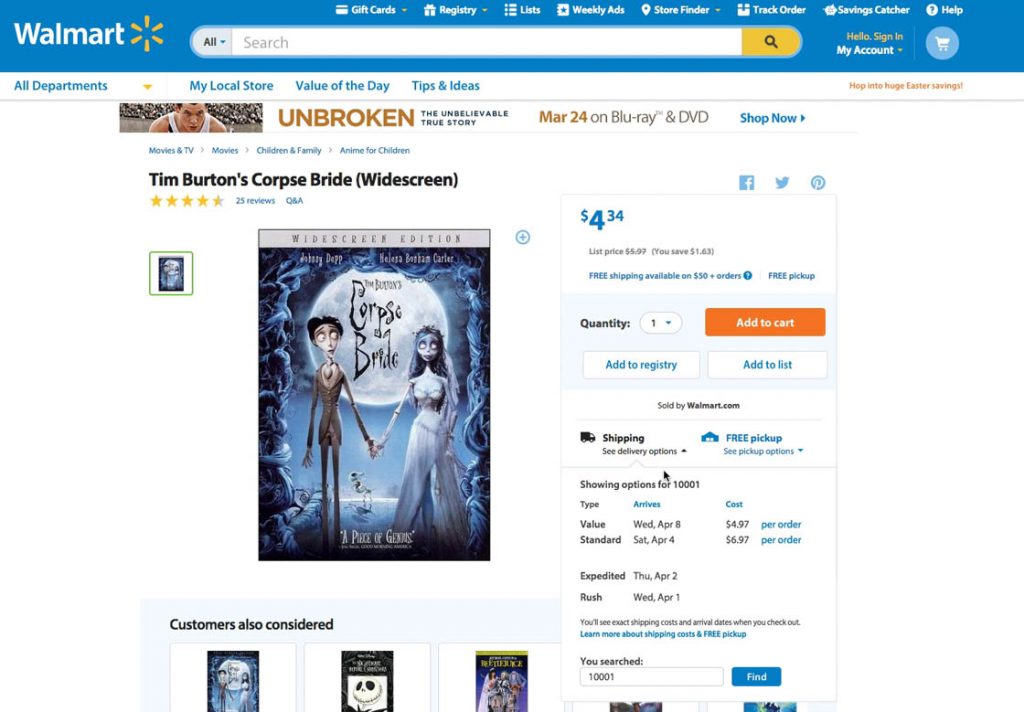Online Cart Abandonment: The Best Strategies For eCommerce
Reading Time: 6 minutes Consider this holiday scenario: A shopper visits a website to find the perfect Christmas gifts. They spend time browsing and select a cozy sweater, a matching scarf, and a pair of gloves. Ready to purchase, they add the items to their cart but then abandon it and leave the site. This highlights a significant issue ... The post Online Cart Abandonment: The Best Strategies For eCommerce appeared first on Vue.ai Blog.

Consider this holiday scenario: A shopper visits a website to find the perfect Christmas gifts. They spend time browsing and select a cozy sweater, a matching scarf, and a pair of gloves. Ready to purchase, they add the items to their cart but then abandon it and leave the site. This highlights a significant issue in eCommerce: shopping cart abandonment.
Recent data indicates that the global shopping cart abandonment rate has risen to 74.09% in 2024, up from 70% in 2023.
What causes shoppers to abandon their carts? Let’s explore the factors contributing to this challenge in eCommerce.
Reasons for Cart Abandonment
1. A Lengthy Sign-Up Process
The whole point of shoppers choosing to purchase online is that it’s quick and easy. Facing the ordeal of several sign-up steps after having spent time browsing on an eCommerce site is bound to frustrate them.
Sure, having access to customer data is vital for marketing. But pushing a customer to share that data with compulsory sign-ups or a loyalty program they don’t need could have a detrimental effect.
2. Expensive Shipping
Customers almost always decide to buy something they like on an eCommerce brand’s online store after carefully considering the price. But, on heading to checkout, they often find that the final invoice includes several additional charges like shipping and taxes that increase the cost of their purchase considerably.
This unexpected expense leads to frustration, causing many to abandon their shopping carts. According to a 2023 study, 48% of online shoppers abandon their carts due to extra costs like shipping and taxes.
3. A Drawn-Out, Complicated Checkout Process
Even if shoppers have spent a fair bit of time picking out what they want to buy, a long or cumbersome checkout process is bound to throw them off and make them want to abandon their shopping carts.
Payment solutions provider Splitit recently conducted a survey, which revealed that as many as 87% online shoppers will ditch their carts at checkout if the process ends up being too long or complicated. Not just that, 55% of such shoppers would not even come back to the retailer’s site after abandoning their carts. This obviously means huge losses in revenues!
Poor usability because of a clunky UI or long, unnecessary forms for customer info is often responsible for this. Even something as basic as filling an address form can seem complicated because it offers a challenge in the form of too many boxes underneath each other.
The act of moving them around a bit to make them look less daunting alone can help increase the conversion rates. A good example is the checkout page on ASOS. Instead of offering all the forms in one go, the customer is led step-by-step to filling out information.
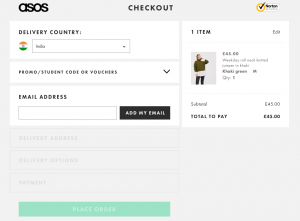
Also, while ads are great for business, having too many of them – especially on the checkout page – could bother customers enough to abandon their shopping carts.
4. Insufficient Payment Options And Security
Every customer prefers certain payment options over others. If they don’t find these listed on an eCommerce site while buying something, they’re more likely to ditch their shopping carts and move to a competitor’s site simply because their preferred and trusted payment options are available there.
Also, websites that process payments directly without a safe payment gateway may run the risk of security issues.
Failing to keep Secure Sockets Layer (SSL) certificates up-to-date and not displaying industry-standard trust logos can also leave shoppers feeling that the retailer’s website isn’t safe. A survey revealed that 84% of shoppers would not buy anything if they noticed data was being transmitted over an unsafe connection.
Strategies To Reduce Online Shopping Cart Abandonment
While the issues mentioned above are commonplace and often plague online fashion retailers, it is possible to resolve them and prevent online shopping cart abandonment with the strategies below.
1. Transparent Pricing Information Across The Site
No customer wants to be shocked by exorbitant prices at the end of their shopping experience. While it is not always possible to waive shipping and other charges for customers, retailers should ensure transparency at every stage. Even if they do intend to charge customers for shipping, mentioning a potential shipping charge on the product page or as a standard message across the website can go a long way in preventing cart abandonment because of expensive shipping.
2. Provide Ease Of Navigation – Especially At Checkout
Fewer clicks and screens throughout the shopping process, while hard to achieve, is extremely important in preventing cart abandonment. Reducing the number of screens from the start to the end of a customer’s shopping experience on the website can do wonders for this. This means smooth navigation between product pages, a shopper’s wish list, and checkout.
Ensuring optimized number of form fields for customer info would enable keeping fatigue with respect to mandatory processes to a minimum. Collecting all the information in one critical section, such as billing and payment, minimizes customer drop-off at other points along the journey. Adding an option to ship to the billing address and allowing them to select existing addresses from their address book are now basic features of any retail checkout/payment process and need to be implemented.
Using a progress indicator, along the checkout process, can also work out well. As a shopper moves through each stage of the checkout process, highlight just that section while leaving the rest of the sections visible yet faded. This helps them move back to any stage at any point to make any corrections and to be aware of what other information they need to provide.
3. Get Rid Of Compulsory Sign-Up Options
Eliminating mandatory sign-up and replacing it with a guest checkout can speed up shopping for a new user. Guest checkout options allow shoppers to complete their purchases after providing just their email addresses and names. A social media sign-up option also works well if users want to create an account on the website without having to manually enter details.
Both these options keep customers from losing their patience at the time of purchase because they don’t have to deal with a drawn-out sign-up process. This, in turn, lowers online shopping cart abandonment and hence increases conversions.
4. Give Customers Access To Popular Payment Options And Ensure Website Safety
Shoppers today don’t stop at choices just for the products they buy. They want choices in the ways they pay for them too. So, providing as many popular payment options as possible is extremely important.
While most customers in the US and UK use their credit cards to pay for purchases, the trend of using other payment options is on the rise. A 2018 study by PayPal has shown that providing PayPal as a payment option can increase conversion by 88.7%. Which retailer wouldn’t want to capitalize on such huge numbers and boost their revenues?
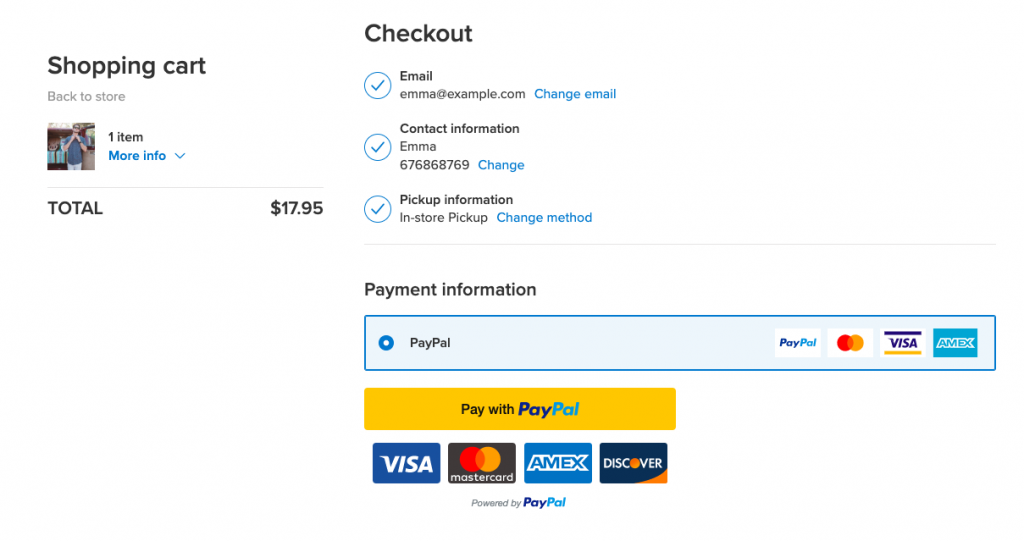
Websites and payment gateways also need to have Secure Sockets Layer (SSL) certification to protect shoppers from identity theft. Customers are more informed today than ever before. And as many as 28.9% of them are going to look for that green lock in the search bar when they use the website for the first time.
Customers are also keen to know about all the security measures on a site. So, it’s important to ensure that trust seals are noticeable on the website. It would surprise retailers at how much SSL certificates and trust seals can do for their conversion. Displaying a relevant trust seal next to the call to action button not only relieves customers of their anxiety but also increases conversion rates drastically.
5. Send Timely, Relevant Cart Abandonment Emails
Cart abandonment emails, which notify customers about products left in shopping carts, when sent at the right time can vastly improve a brand’s conversion rate. To work well, they need to remind shoppers about all the products in their abandoned carts, with an enticing call to action.
Sending cart abandonment emails has become more of a requirement than a choice. Given the sheer number of emails in any user’s mailbox, how can a particular brand stand out? Personalizing cart abandonment emails can help the brand get noticed in that huge pile of emails each customer gets from multiple online retailers.
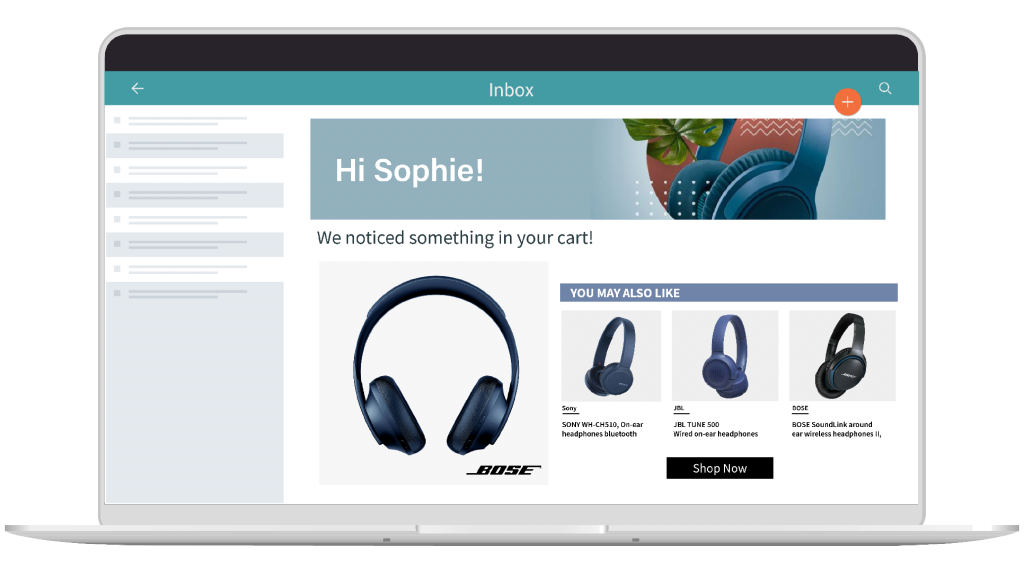
With increased AI intervention, it is now even possible to personalize emails with not just contextual data left behind by shoppers but based on their visual style preferences. This includes recommendations for products that are similar to the abandoned ones in colors, patterns, shapes, and styles. This also ensures that shoppers are never directed to an out-of-stock product, and are rather provided with an alternative in keeping with their style choices.
It is important that brands and retailers are cognizant of online shopping cart abandonment being an issue and constantly tackling it, especially with automation where possible. With these strategies, it is definitely possible to tackle cart abandonment through varied tactics, some of which are now imperative and others which are more innovation driven.
Read more related articles here:
Your One-Stop Guide To Reducing Cart Abandonment In Grocery eCommerce
The post Online Cart Abandonment: The Best Strategies For eCommerce appeared first on Vue.ai Blog.
What's Your Reaction?


























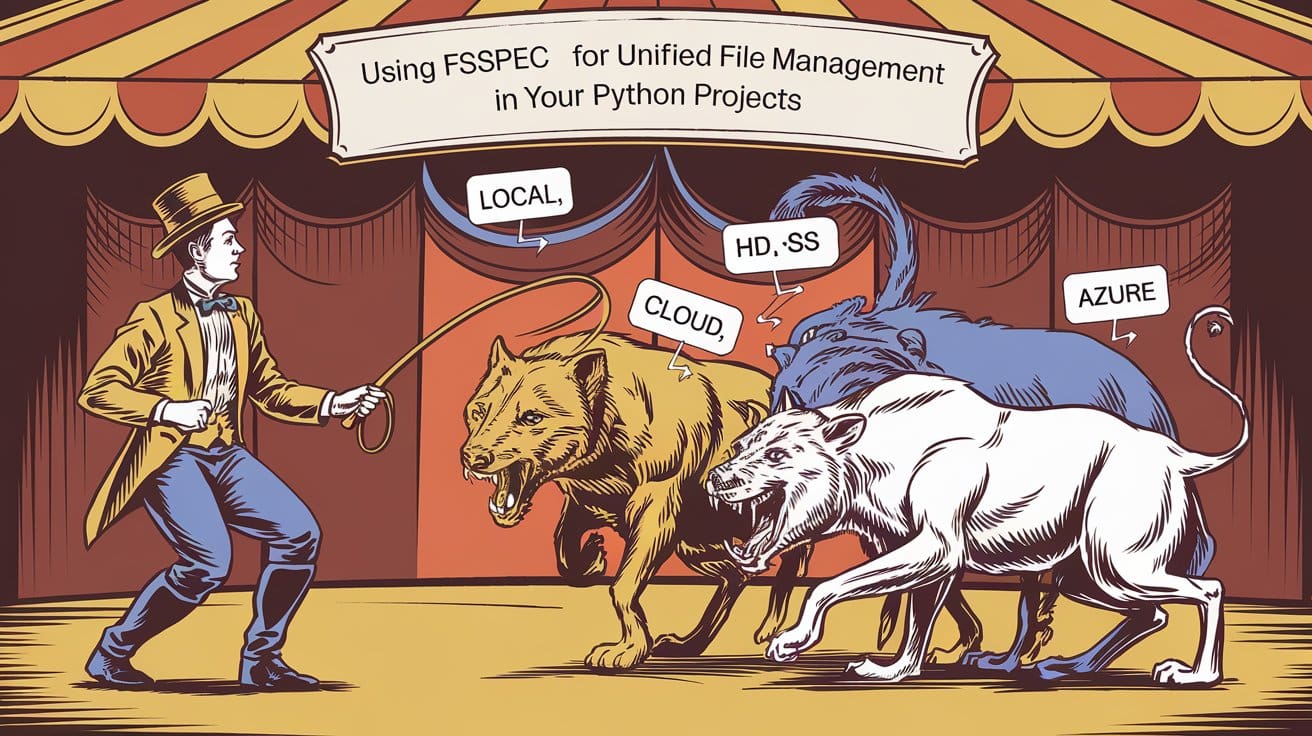





.jpg?width=1920&height=1920&fit=bounds&quality=80&format=jpg&auto=webp#)














































